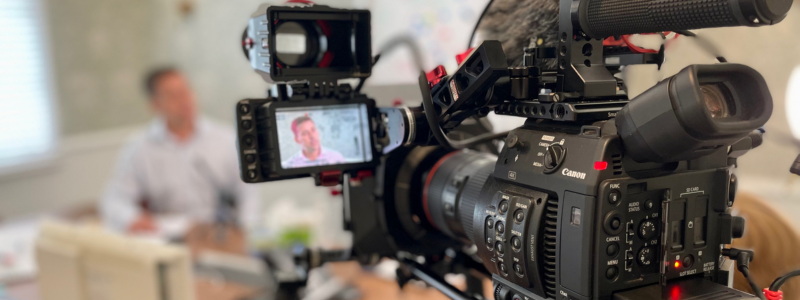How to tell if someone has been “media trained”?
In the fast-paced world of media, the way a person handles an interview can make or break a reputation. Media Training is more than just learning how to speak to journalists; it’s about crafting and controlling your message, managing you and your brand’s image, and engaging with your audience in a way that is effective and authentic.
Adoni Media Founder and Managing Director, Leisa Goddard, is a seasoned media professional with decades of experience in journalism and media relations.
“Media Training isn’t just a luxury for the select few; it’s a critical tool for anyone who wants to ensure their messages resonate clearly and effectively. In today’s digital age, everyone can be a broadcaster, and every company has the opportunity to be its own media outlet,” Leisa said.
Put simply, to be “media trained” means you have undergone a media training session – when a journalist says it, though, it shows the spokesperson has excelled during their interview. They’ve stuck to their key messages, they’ve delivered them in a concise and engaging way, and they’ve presented with authority. To be “media trained” is indeed, a compliment.

The core of Media Training
So, what does it mean to be media trained? At its heart, media training provides attendees the skills and confidence needed to interact with journalists successfully. Whether it’s handling a crisis or celebrating a business win, the way you convey your message can significantly impact your brand’s reputation and public perception.
“A media training course,” Leisa said, “arms individuals with the knowledge to manage one-on-one interviews, press conferences, and even casual interactions with journalists. It also helps with key message development and presentation training.”
What does Media Training involve?
- Message development
Corporate media training and spokesperson media training helps individuals and organisations define key messages. This is essential for consistency and clarity in all communications.
“Key messages become part of a media stable and can be rolled out during interviews, direct customer communications, social media posts, website content, and more. It means you’re always ready with key messages that are not only newsworthy but also true to your brand’s values and the story you want to tell,” Leisa said.
- Handling uncomfortable questions
Crisis communication media training also involves learning how to handle tough questions or unexpected lines of questioning. Practising scenarios helps trainees remain calm and collected, ensuring their responses are thoughtful and on message.
“It’s about staying in control of the interview and steering it back to your key messages, no matter the question,” Leisa adds.
- Building confidence
Confidence is key in public speaking and is especially important in media interviews. A lack of confidence can lead to a lack of authority and trust, and in some cases, can make the spokesperson look like they are guilty or have something to hide.
Media Training courses provide practical experience through simulated interviews and feedback, which helps to build confidence.
“The confidence to speak clearly and persuasively in high-pressure situations is one of the primary benefits of being media trained,” Leisa said.
The local edge: Media Training Brisbane and Media Training Sydney
Adoni Media’s training programs are designed with a deep understanding of the local media environment to provide the most relevant and effective training. As former journalists and current PR strategists, our trainers can share our understanding of local media landscapes to help massage your messaging and achieve cut-through in your PR strategy.
Some attendees like to complete Media Training in their own offices, others prefer a full TV studio environment, while some clients opt to come to an Adoni office. Our Adoni Media team can tailor our sessions and locations to best suit you and your team’s needs.
PR Training: beyond media interactions
While media training is often centred around media interactions, PR training encompasses a broader spectrum of public relations activities. This can include tips on crafting media releases, managing social media accounts, creating content, and in some cases, organising events.
“PR training helps individuals understand the broader context of their communications strategies, ensuring they make the most of all platforms and opportunities to convey their message,” Leisa said.
Why invest in Media Training?
“Media Training helps protect and promote your brand. It’s an invaluable part of your communication strategy that ensures when the time comes, your message isn’t just heard, but it’s understood and remembered,” Leisa said.
“Its benefits also extend beyond media interactions to overall communications – from speaking to colleagues and friends, through to supporting the marketing and digital arms of your business, what you learn in Media Training are skills and techniques you take with you through life.”
Being media trained means more than being prepared; it means being empowered. It’s about having the tools and knowledge to effectively handle any communication opportunity or challenge. Training with Adoni Media, Australia’s most experienced media training team, is an investment in both your professional and personal future.
Contact us today for a confidential chat on how we can help you reach your PR and communication goals.


